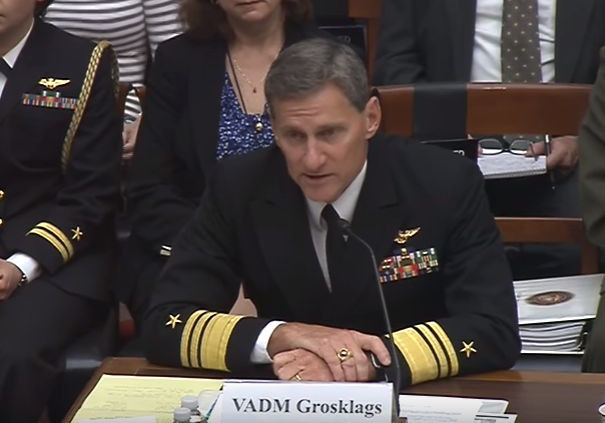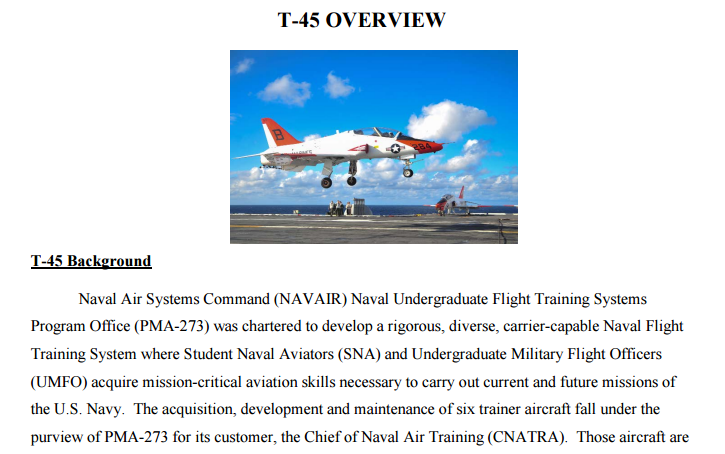Pilot concerns about the oxygen system of the T-45 trainer jet - the same model that crashed Sunday in the Cherokee National Forest - prompted the Navy to temporarily ground the plane's use this year.
It also triggered a study by the Navy with proposed recommendations, some of which are ongoing, according to documents reviewed by 10News. A vice admiral addressed concerns about the plane June 7 during congressional testimony.
Also, in the past year, two T-45s from Meridian, Miss., the same naval base from which Sunday's plane originated, have crashed. Neither crash was fatal.
Crews were on the scene Monday of the fatal Tennessee crash site, about three miles east of the Tellico Hatchery, which is about 18 miles from Tellico Plains in Monroe County.

The exact cause of the crash remains unknown and could take weeks or months to determine.
10News submitted questions about the aircraft Monday to the Navy.
A student and an instructor were on board the T-45C Goshawk jet that went down in Monroe County. Navy authorities said Monday morning the two died.
The two-seater plane is one of the primary trainers used to prepare pilots for air craft carrier use.
It began delivery in December 1997, featuring a "glass cockpit" design that was new compared with the older model T-45A that went into use in 1991.
The T-45C is used at naval air stations in Meridian, Kingsville, Texas, and in Pensacola, Fla.
In September 2016 and in January 2017, T-45s from Meridian were involved in crashes. No fatalities occurred in either case.
Pilot objections prompt review
In late March, T-45 pilots raised concerns that the aircraft's oxygen system was making them sick, causing what are called physiological episodes, or PEs. In such instances, pilots can experience oxygen deprivation, leading to breathing problems or lightheadedness.

According to Navy records, reports of PEs in T-45s have grown sharply in recent years.
For example, in 2013 there were 10 reports; in 2014 there were 12; in 2015 there were 27; and in 2016 there were 38.
At the time of a Navy report prepared this summer and reviewed by 10News, there had been 21 PEs in 2017.
After pilots raised concerns, the Navy launched what it called a comprehensive review of the aircraft, made by Boeing, as well the F-18. The review also looked at ways to address potential problems.
It offered numerous recommendations while also stating further study was needed.
In early April the Navy ordered a three-day "operational pause" for the T-45 fleet.
That same month, it limited T-45 flights to 10,000 feet in altitude and then to 5,000 feet, according to documents.
After a two-month study, during which Vice Admiral Paul Grosklags, commander of Naval Air Systems Command, mentioned the aircraft to U.S. House members, planes resumed full flights.
“This subcommittee is very aware of the continuing challenges in resolving the high rate of physiological episodes that we’ve seen in our T-45s and our F-18s," Grosklags told members of a House Armed Services subcommittee on June 7. "It bears repeating that this is Naval Aviation’s No. 1 safety issue, and we continue to approach root-cause assessment and near-term mitigation steps from an unconstrained resources perspective.”
-----

Recommendations, conclusions
The Navy's report found numerous areas for improvement with the T-45.
For example, the report found there was no single leader to address PE reports. It also determined contaminants could get into the air that flight crews breathed.
Some parts in the oxygen system were aging, leading to decompression sickness. Also, the study found, the process for reporting physiological episodes was "fundamentally flawed," based on flight crews diagnosing the problems themselves and then reporting them on their own.
"Aircrew physiological and performance monitoring before, during and after flight could mitigate this shortfall, but rarely occurs," an executive summary states.
One week after Grosklags appeared before U.S. House members, the Navy released the results of its review.
Its recommendations included:
*Identifying a single organization to lead efforts to resolve PE reports.
*A redesign of aircraft systems to meet oxygen generation system requirements.
*Identify and "embrace" a process to identify root cause problems that lead to physiological episodes, and also standardize the PE investigation process itself.
*Address reporting weaknesses including monitoring and cockpit audio, video and habitability recording.
As a result of the report, the Navy declared it would place a "more experienced aviation flag officer" as head of Naval Air Training.
"While the conclusions and recommendation of this (comprehensive review) were developed specifically for the U.S. Navy and U.S. Marine Corps T-45 and F/A-18s, PEs are a known problem in other aircraft and services. Elements of this report will be of value to those attempting to address PEs throughout the U.S. military," the Navy Office of Information stated in a release announcing the report.

